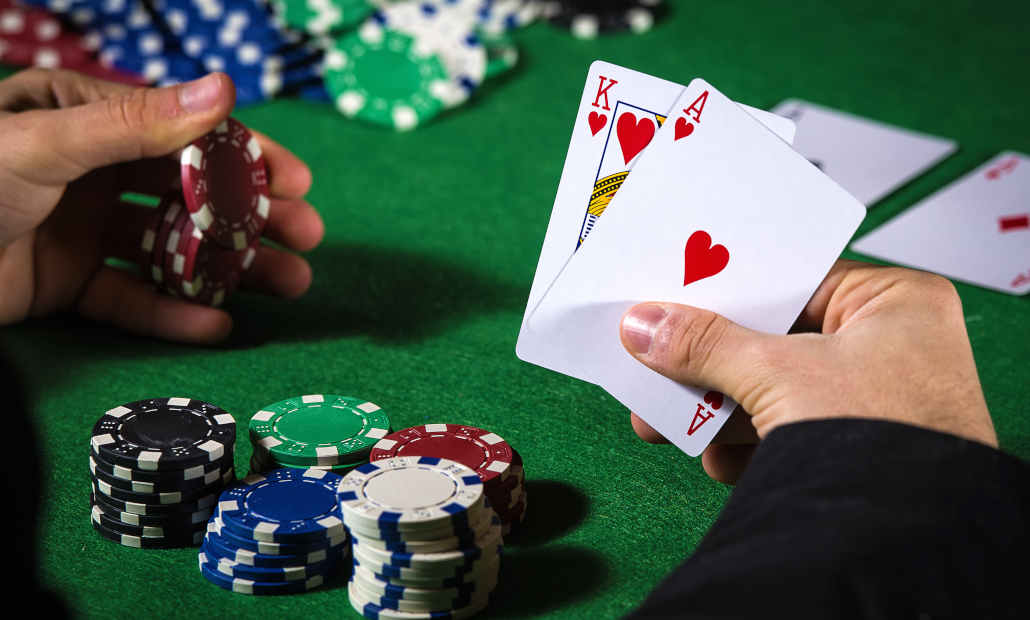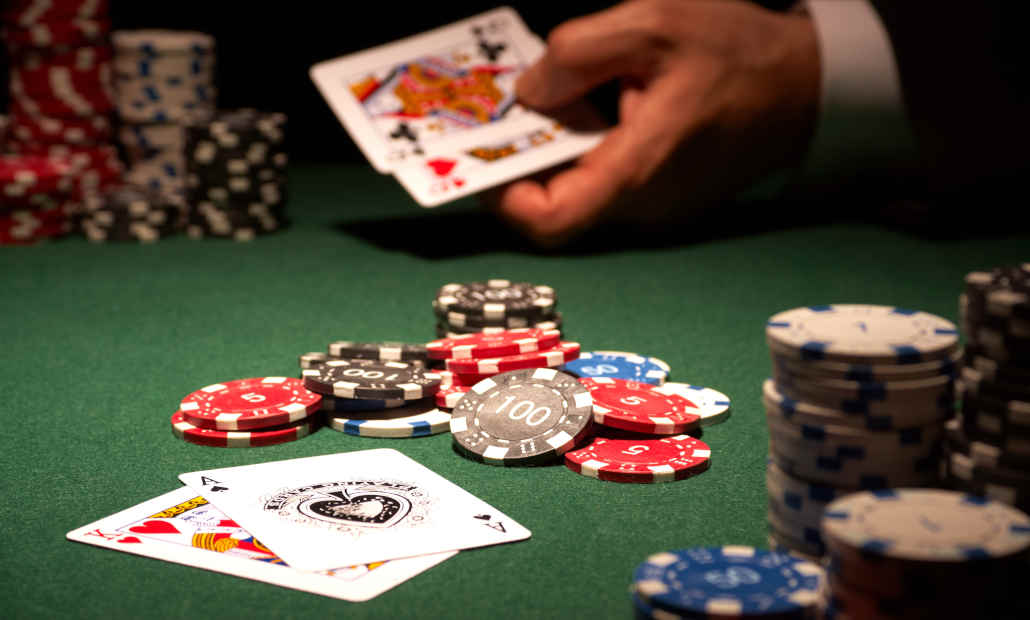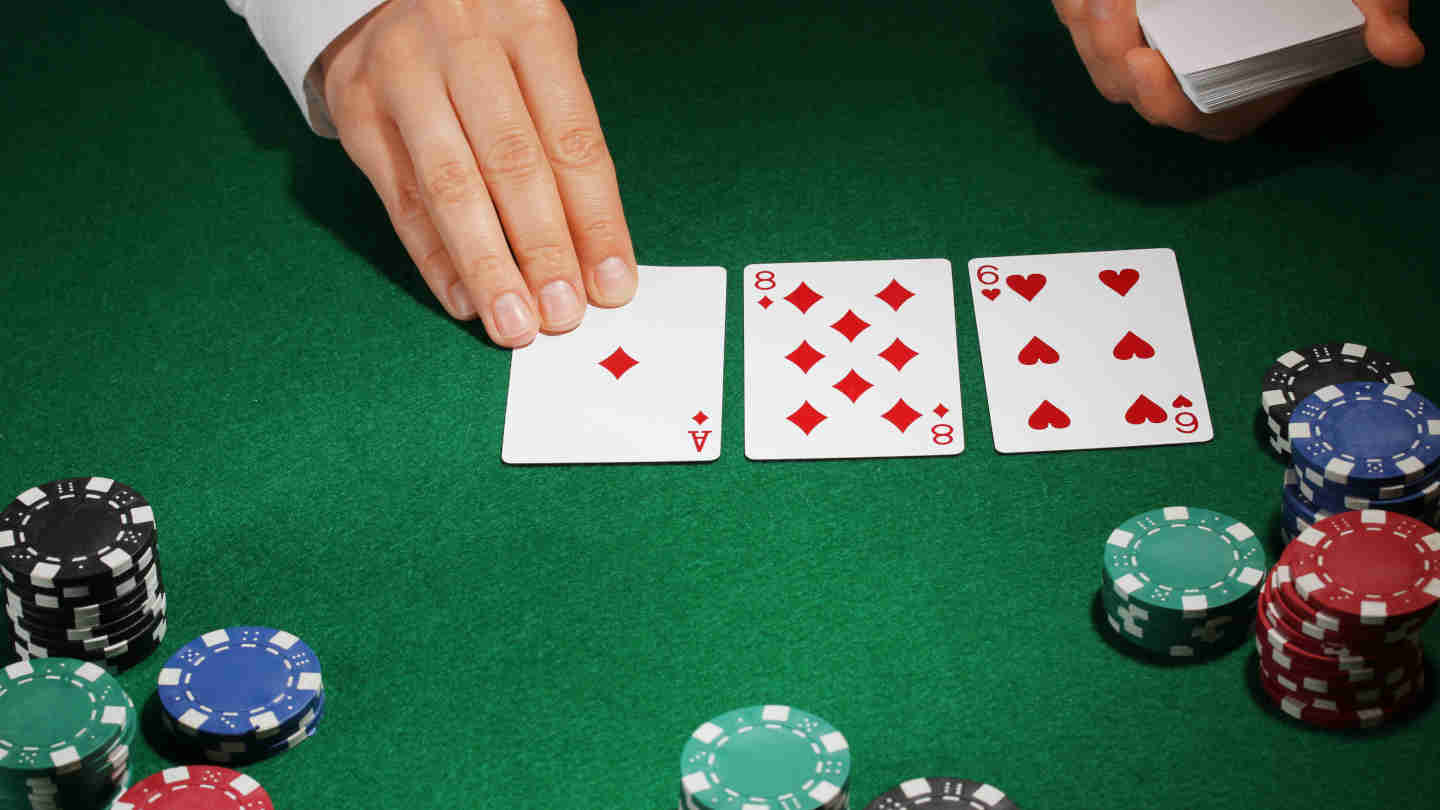Poker Combos – How to Count Hand Combinations Like a Pro

6 minutes
Poker is a game of information and poker players constantly try to find more information that will improve their decision-making process.
One of the most effective strategies, that professional poker players use in this regard, is counting poker hands combinations.
In this article, we explain what are poker hand combinations and how you can use them to make better decisions at the tables.
What Are Poker Combos?
One of the key things that make poker a game of information is the fact that it is always played with the same tool, a deck containing 52 cards.
Poker combos represent all the possible card combinations that a player can receive when he is dealt two hole cards.
These card combinations are based on the fact that a 52-card deck used for Texas Hold’em contains four different suits each with 13 different card ranks:
- four suits (hearts, diamonds, clubs spades)
- 13 card ranks (2, 3, 4, 5, 6, 7, 8, 9, T, J, Q, K, A)
This adds up to 1,326 different possible starting hand combinations that a player can be dealt in each hand:
- 16 different hand combinations of each unpaired poker hand
- 6 different hand combinations of each paired hand
- 12 different hand combinations of each unpaired offsuit hand
- 6 different hand combinations of each paired hand (pocket pairs)
For example, you can be dealt a hand like AKo in the 12 following ways:
- A♠K♣, A♠K♥, A♠K♦
- A♣K♥, A♣K♦, A♣K♠
- A♥K♦, A♥K♣, A♥K♠
- A♦K♣, A♦K♠, A♦K♥
If we add the four possible AKs combinations:
- A♠K♠, A♦K♦, A♣K♣, A♥K♥
We get the total number of hand combinations for one unpaired hand in poker, which is 16.

Why Are Hand Combinations Important in Poker?
The best possible information that you can have in poker is what cards your opponent is holding.
However, since knowing the exact hand of your opponent is not possible, poker players apply their hand reading skills to put their opponents on ranges of hands or rather a number of hand combinations that they can have based on how the action in the hand has developed.
This is where hand combinations come into play as they allow players to better understand their opponent’s hand range.
More specifically, poker players use poker card combos because they give mathematical backing to their hand-reading process.
One of the best examples of this is a hand like AK. One of the biggest reasons why the AK combination is so valuable in poker is because it decreases the number of AA and KK combinations that your opponent can have.
Or in other words, it has good blockers (meaning cards that block a part of your opponent’s range) to the top part of your opponent’s range.
How to Use Poker Combos to Improve Your Game
The first thing to have in mind is that poker combos should not be the foundation of your strategy, instead, you should use hand combinations to make better decisions in certain spots where you are not sure in which direction to go.
One of the main reasons for this is that you will not always be in a situation where you can use your knowledge about hand combinations to make a better decision.

Furthermore, if your hand combination counting skills are not the best, this approach can even have a negative impact on your win rate. This is why it is important to know how and when to use card combinations to gain an edge over your opponents.
In order to use hand combinations in poker effectively, you first must have solid hand reading skills. Only then can you further improve this part of your game by using your knowledge about poker combos.
For example:
If you have a top pair with a blocker to the flush on a 3-flush board, in order to use your blocker to make a decision, you first must come to the conclusion that your opponent has a flush in his range in the first place. If he does not, then your blocker is useless and you should not base your decision on it.
Using Hand Combinations Before the Flop
To successfully make a decision based on hand combinations preflop, you first need to assign your opponent with a range of hands.
You can do this by using different factors including:
- Your opponent’s position at the table
- Your opponent’s stats
- Your opponent’s skill level
- Your opponent’s style of play
If you are against an unknown player, do your best with the information you have. One thing that you can do is assign him a range of hands based on the tendencies of the other players in the pool and their default ranges. Just be aware that this might not always be accurate.
After you assign a range of hands to the player, you can calculate how many hand combinations he is opening and break down these combinations into groups of pairs, suited combos, unsuited combos, etc.

Don’t lose too much hair about exact numbers. You will almost never know the exact number of hands your opponent is opening, so it is more important to have a ballpark figure that you can work with.
When you break down your opponent’s range, there are a few different things that you can do to improve your decision. Let’s say that your opponent raised preflop and you are deciding how to proceed with your hand.
Here are some of the hand combination breakdowns and how you can process them:
- If you think that your opponent opens a decent amount of hand combinations but continues only with a few, then 3-betting with the hands that block the top of his continuing range would be a good choice
Let’s say that your opponent opens 20% of hands from the UTG, but only continues with 3% of hands against a 3-bet. In this case, 3-betting when you hold an A would not be a bad idea because you block the top of his continuing range, which means that he will fold a lot).
- If you think that your opponent opens very few hand combinations but continues with most of his range, then folding would be a good idea if you are blocking the hands that make the bottom part of his range
For example, your opponent opens 15% of hands from the UTG, and continues with 10% of hands against a 3-bet. In this situation, if you have a hand like J♥10♠, folding would be a better choice than 3-betting.
Using Hand Combinations After the Flop
Because you should have more information about your opponent’s range after the flop than before the flop, you should be able to use your knowledge about hand combinations even more effectively.
If you have an idea of how your opponent’s range looks after the flop, here is how you can use hand combinations to make better decisions:
- If you think that most of your opponent’s range misses the flop and you have a blocker to the few hand combinations that hit the flop, the right course of action would be to continue with the hand
- If you think that most of your opponent’s range hits the flop and you have blockers to the few hands that miss the flop, the right course of action would be to give up the hand
Please note that these are some general guidelines to help you get started on incorporating hand combos into your poker strategy and you should not follow them blindly.
With that said, the more you play, the more experienced you will become with using poker combinations to guide your decisions.
- Poker Squeeze Play – Which Hands Make the Most Sense for Squeezing? - August 10, 2023
- How to Play Low Pocket Pairs in Texas Hold’em - July 29, 2023
- How to Make Deep Runs in MTTs More Often - July 22, 2023















